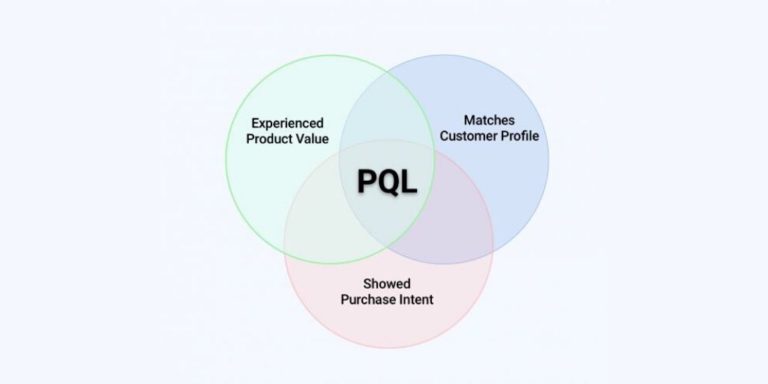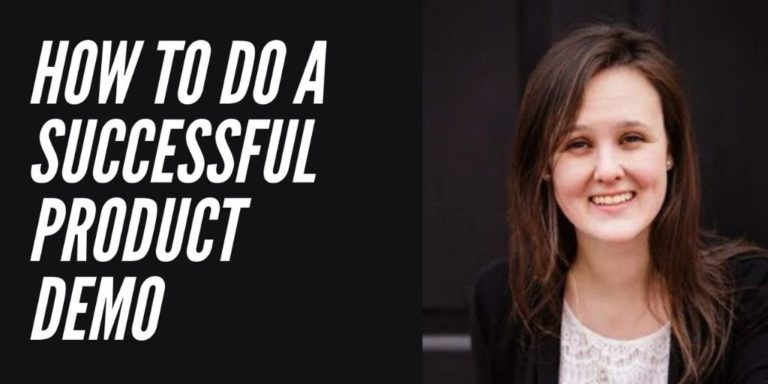While blue ocean companies focus on creating new market spaces, red ocean companies are all about competing in existing markets.
Red ocean companies try to outperform their rivals and grab a larger market share. However, as the market space gets crowded, the prospects for profits and growth reduce, and the competition becomes cut-throat, turning the ocean red.
In this article, we will explore the concept of red ocean strategy and its relevance in today's competitive market. We'll highlight the critical differences between the red ocean and blue ocean strategies, provide examples of product-led companies that have successfully implemented the red ocean strategy, and explore how companies can shift from red to blue.
Red Ocean Strategy
Red ocean companies have intense competition and a focus on differentiation through price, features, or marketing. In this crowded market, products often become commodities, and companies struggle to stand out.
The key to survival for red ocean companies is finding ways to provide sufficient value cost-efficiently and maintain a competitive edge.
In a red ocean market, companies are all trying to solve the same problem or meet the exact needs of consumers. This means that new entrants, especially startups, face significant risks in trying to survive and thrive.
Product-Led Companies Surviving in Red Oceans
For product-led growth (PLG) SaaS companies, understanding the elements of a red ocean strategy is crucial. These companies operate in highly competitive markets, constantly vying for customers' attention and loyalty.
Product-led companies need to differentiate themselves from their competitors to succeed in a red ocean market.
They must offer unique value propositions and innovative solutions that set them apart. This can be achieved by delivering exceptional user experiences, providing seamless onboarding processes, and continuously iterating and improving their products based on customer feedback.
By adopting a PLG approach, SaaS companies can leverage their products as the primary driver of customer acquisition, conversion, and expansion. This allows them to create a competitive advantage in a red ocean market by delivering value to customers upfront and continuously throughout their journey.
Red Ocean vs Blue Ocean Strategy
The main difference between a red ocean strategy and a blue ocean strategy is the focus on competition.
In a red ocean strategy, companies compete in existing market spaces, where competition is fierce and the market is saturated.
On the other hand, a blue ocean strategy focuses on creating new market spaces where competition is non-existent or minimal. This approach aims to create uncontested market space and make competition irrelevant.
Examples of Red Ocean Strategy
Here are a few product-led examples in red oceans:
Zoom
The video conferencing space was already crowded with established players when Zoom entered. However, Zoom distinguished itself by offering a product known for its ease of use, reliability, and superior user experience.
Canva
Canva operates in the graphic design software industry, a sector with established players like Adobe. However, Canva transformed the market by providing an intuitive, web-based design tool that simplified graphic design for non-designers.
With its user-centric approach and a freemium model that allowed users to start for free, Canva rapidly grew and became a popular choice for creating graphics and designs.
How to Shift from Red Ocean to Blue Ocean
Shifting from a red ocean strategy to a blue ocean strategy requires careful planning and strategic thinking.
Here are some practical steps and strategies for companies looking to make this transition:
Identify Untapped Market Opportunities
Conduct market research to identify unmet customer needs and untapped market spaces. Look for areas where competition is minimal or non-existent.
Innovate and Differentiate
Develop innovative products or services that offer unique value propositions to customers. Differentiate your offerings from your competitors to create a new market space.
Create a Compelling Value Proposition
Communicate the benefits and value of your offerings to customers. Highlight how your products or services solve their problems or fulfill their needs like no other competitor can.
By following these steps and strategies, companies can successfully shift from a Red Ocean Strategy to a Blue Ocean Strategy, creating new market spaces and making competition irrelevant.
Recap on Red Ocean Companies
Red ocean companies operate in intensely competitive industries where differentiation opportunities are scarce. The ongoing battle for market share frequently sparks price wars and fierce rivalry in these arenas.
To endure this competitive sea, red ocean companies must seek methods to distinguish themselves and provide added value to their customers. Achieve this through innovation, cost-effective measures, and strategic alliances.
While this environment poses challenges, implementing effective strategies empowers red ocean companies to survive, thrive, and achieve enduring success.
Continue to expand your product-led knowledge and drive the growth of your SaaS company by leveraging the valuable insights from Wes Bush's bestselling book, “Product-Led Growth: How to Build a Product That Sells Itself.”
Alternatively, if you’d like to work with a coach to implement these components into your business, check out ProductLed Academy.
It’s our intensive coaching program where we’ll help you build a strong foundation for product-led growth so that you can scale faster and with more control.
What’s unique about this program is we’ll work with you and your team to implement the proven ProductLed Method so that you can scale faster with less stress.
We’ll go through everything we went through today with your team to ensure everyone is working on building out solutions that will have an outsized impact.









